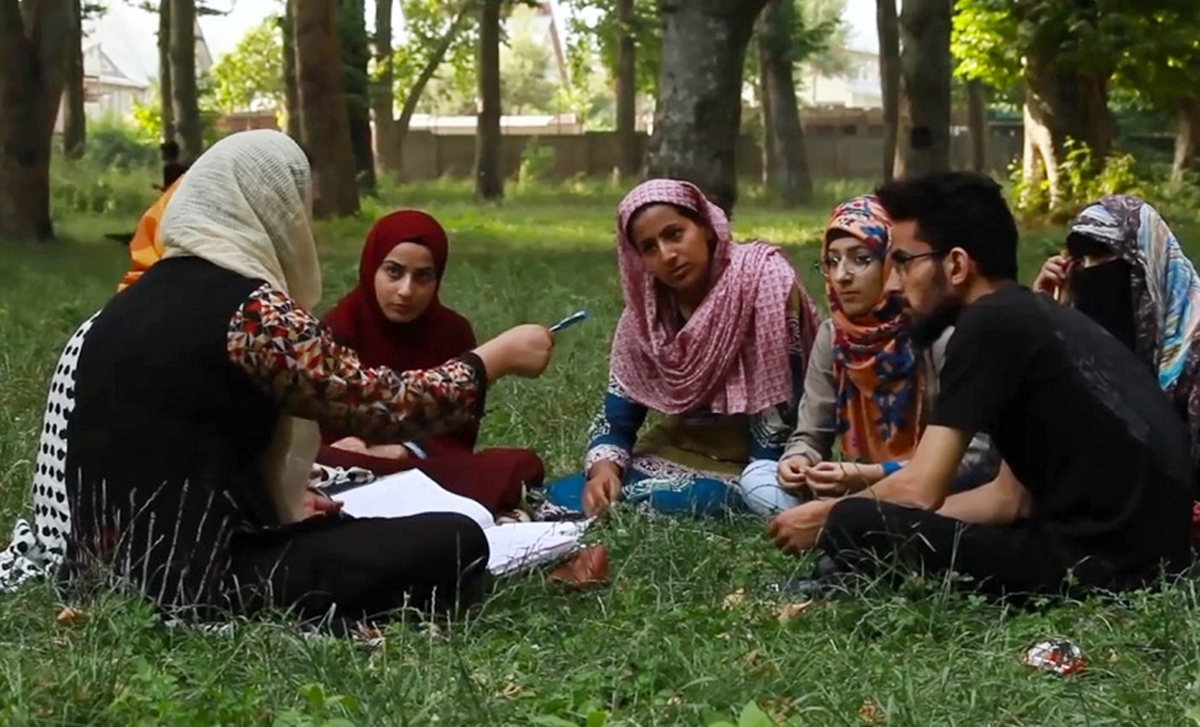Development issues in India are mostly the issues of oppressed castes. They are the ones without access to resources such…
Login to Read!
This content is restricted to site members. If you are an existing user, please log in below. Or you can can create an account here.
